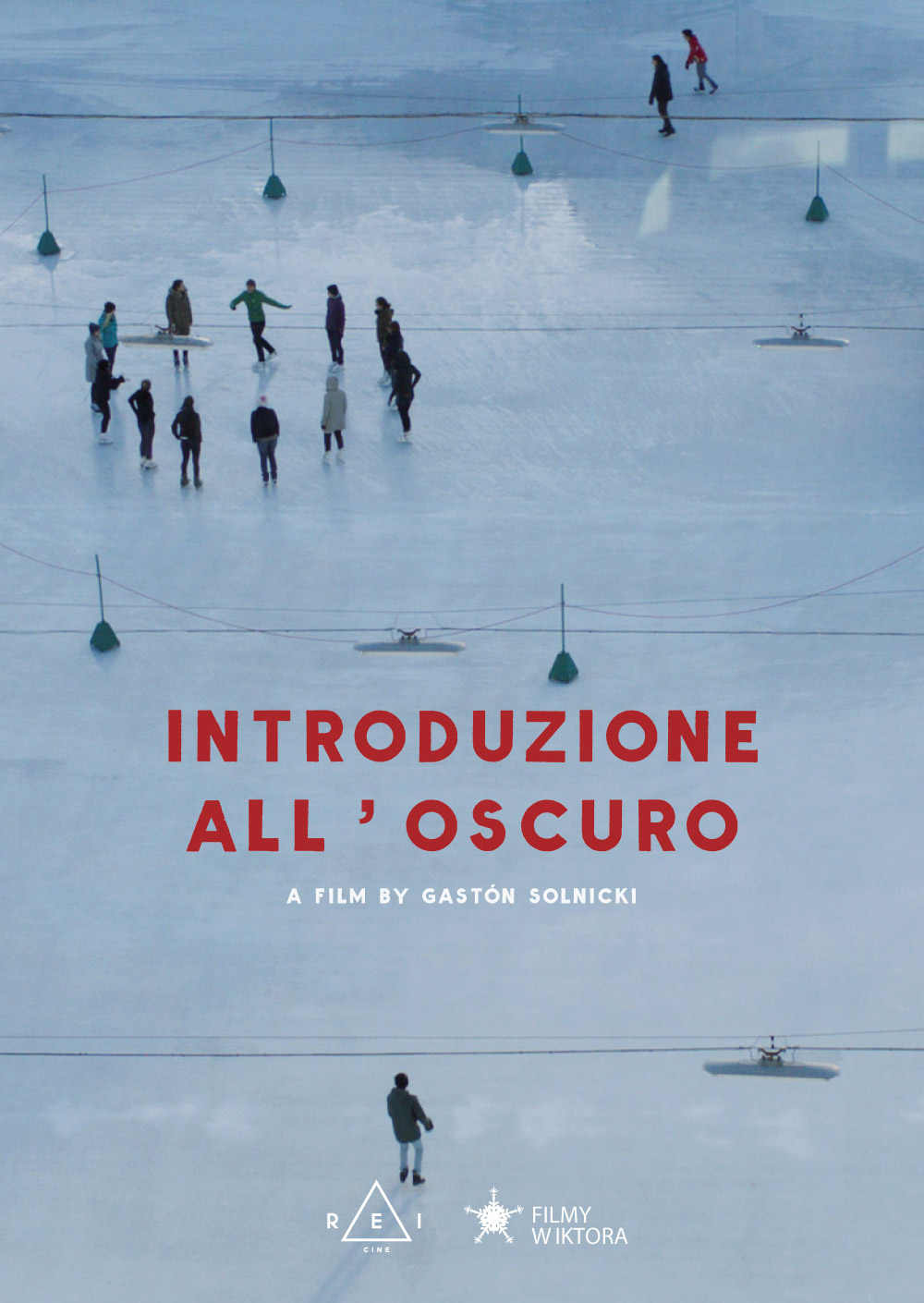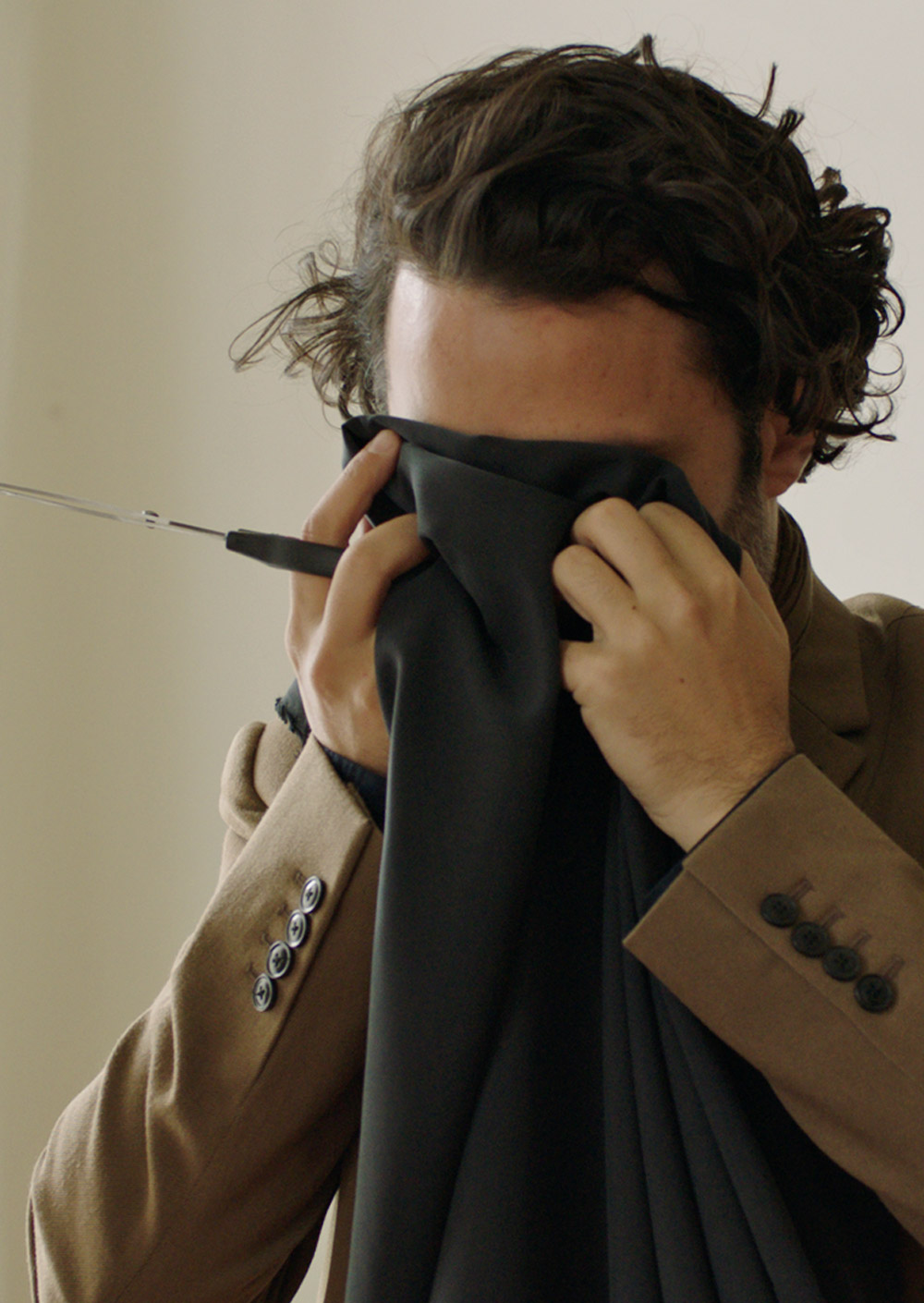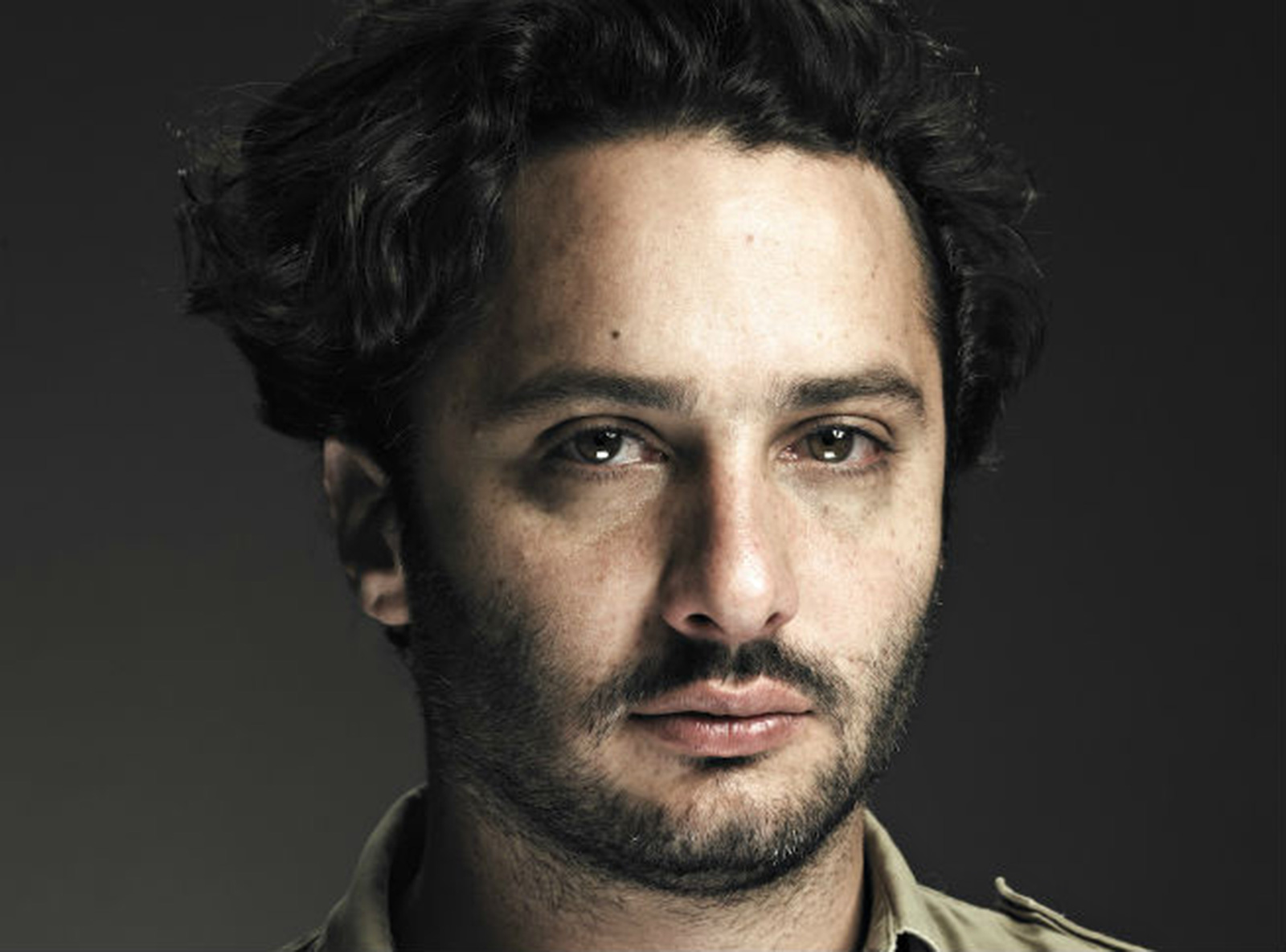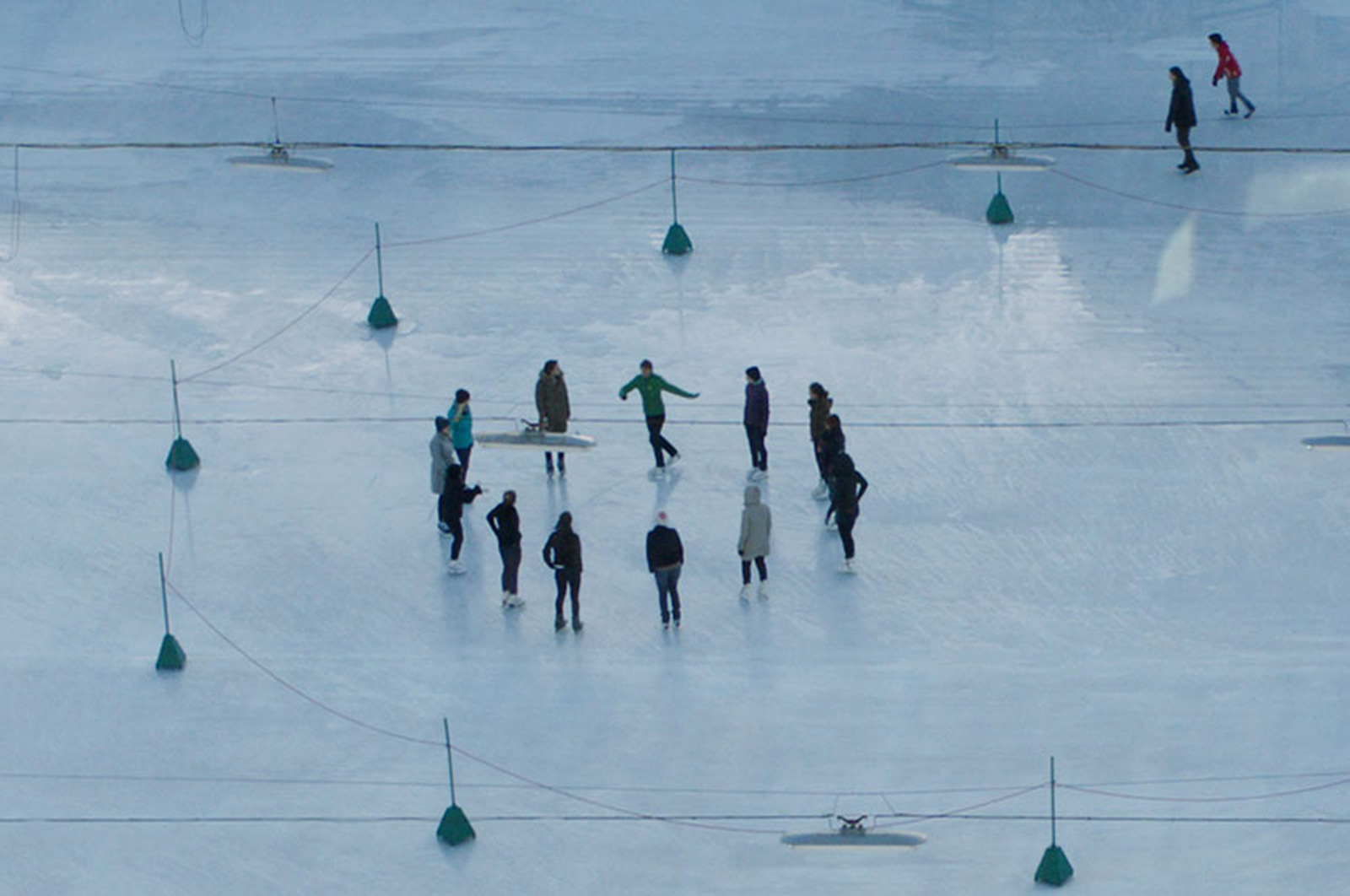INTRODUZIONE ALL’OSCURO by Gastón Solnicki
INTRODUZIONE ALL'OSCURO
a film by Gastón Solnicki
A man wanders the streets of Vienna, guided by the memory of a friend who has recently passed away. The vestiges of a once sumptuous empire become the setting for a cinematic elegy and a dark celebration of life.
Synopsis
Gastón, an Argentine filmmaker, travels to Austria at the invitation of the famous Viennale, the film festival which his late friend Hans conducted for two decades prior to his death. As an hommage, Gastón has programmed a film by Ernst Lubitsch, one that he feels embodies the spirit of Hans. Arriving in Vienna, Gastón is immersed in the majestic cityscape as it refracts the mood of mourning that occasions his visit. The city, itself an intimate evocation of Hans, plunges Gastón into its depths, with its oneiric rituals, its cult of the dead, its ancient contours.
Gastón, encountering a tailor who once made Hans’ fine suits, is given a roll of black matte silk. This was the only material that Hans deemed worthy of wearing, be it in the cold of winter or on a hot summer day. The rolled silk that survives Hans thus assumes talismanic power to Gastón as he peregrinates a mystic Vienna.
This journey beyond the veneer of Vienna exhumes both Austria’s past and that of the peripatetic filmmaker’s own family history. In a montage of home movie footage juxtaposed with present-day scenes, we see children gazing through the telescopic sight of a missile launcher at a popular military parade, while a five year-old Gastón drinks water from a whisky glass at a memorable feast, circa 1983, at the Buenos Aires Sheraton during his elder sister’s coming of age ceremony. The resonant voice-over of Hans looms over a seemingly forgotten discussion with Gastón on the importance of familial bonds. A group dances in circles on the brittle ice of a skating rink. A Korean immigrant plays a piano piece by Rameau at the Bösendorfer store (where Gastón inquires about the possibility of sending a piano to his home in Buenos Aires). A collection of stones from other planetary realms is on view at the Naturhistorisches Museum.
A monkey jumps at the oldest Zoo in the world and the Klangforum Wien chamber ensemble rehearses a piece by Salvatore Sciarrino, “Introduzione all’Oscuro”, lending the film its title and becoming its heartbeat .
The syntax of sound and image, of temporal leaps between then and now, sketches a language which speaks of those who left and survived, and to the silence of 20th century ruins. The weight of history is measured too in small gestures, here including the postcards Hans once sent Gastón from the Amalfi coast each summer, vacationing in his silk suit. The film, in essence, is a somber rejoinder from Gastón to those images and words written and sent by his lost friend, once scrawled sentiments that now echo in his absence, by turns haunting and comforting.
Fittingly, Gastón also dedicates his time in Vienna to the slightest of transgressions, the misdemeanor of shoplifting, as if he too were a character in the Lubitsch film he is presenting at the Viennale. In his hotel room he erects a small monument of stolen objects: a tiny beer glass from the Trzezniewski bar, a Montblanc ballpoint pen, a coffee cup from the Englander café. Together such material evidence suggests that Gastón is still here among the living, with its gallery of tchotchkes testifying to the banality of everyday life, the sorrow of the quotidian. Such thievery is a supplicant gesture from one friend to another, from the realm of the material to that of the spirit. Can such souvenirs from a journey act as an index for memory, for mourning?
A journey of fellow travellers who, like Dante and Virgilio, must traverse their own divine comedy, from personal hell to purgatory, and ultimately to a paradise lit by the light of cinema.


Gastón Solnicki
about the director
Gastón Solnicki was born in Buenos Aires in 1978. He studied at the International Center of Photography and at NYU’s Tisch School of the Arts, where he received his BFA in Film.
SÜDEN (2008), his debut feature, had its world premiere at the Buenos Aires International Festival of Independent Cinema, where it received a Special Mention by the Official Jury and was awarded Best Film by the Argentine Film Press Commission. It was later awarded with a Condor de Plata for Artistic Innovation.
PAPIROSEN (2011), his second feature film, world premiered in the «filmmmakers of the present» competition at Festival del Film Locarno, and then continued a successful international festival run including the Viennale, Rotterdam, Vancouver, Jeonju, and continues to screen around the world in venerable institutions such as the Centre Pompidou and the Skirball Cultural Center in LA. It was awarded Best Film in the Argentine competition at BAFICI2012, and won the Lia Award at the Jerusalem Film Festival 2012. It also received a special mention at the Edinburgh Int’l FF 2012.
KÉKSZAKÁLLÚ (2016), his first fiction work, had it’s World Premiere Mundial in Venecia-Orizzonti 2016, where it was awarded the FIPRESCI international critic’s award and the Bisato D’oro from independent critics; and following through with festivals such as Toronto, New York Film Festival and Viennale, among others.

-
Director:
Gastón Solnicki
-
Categories:


